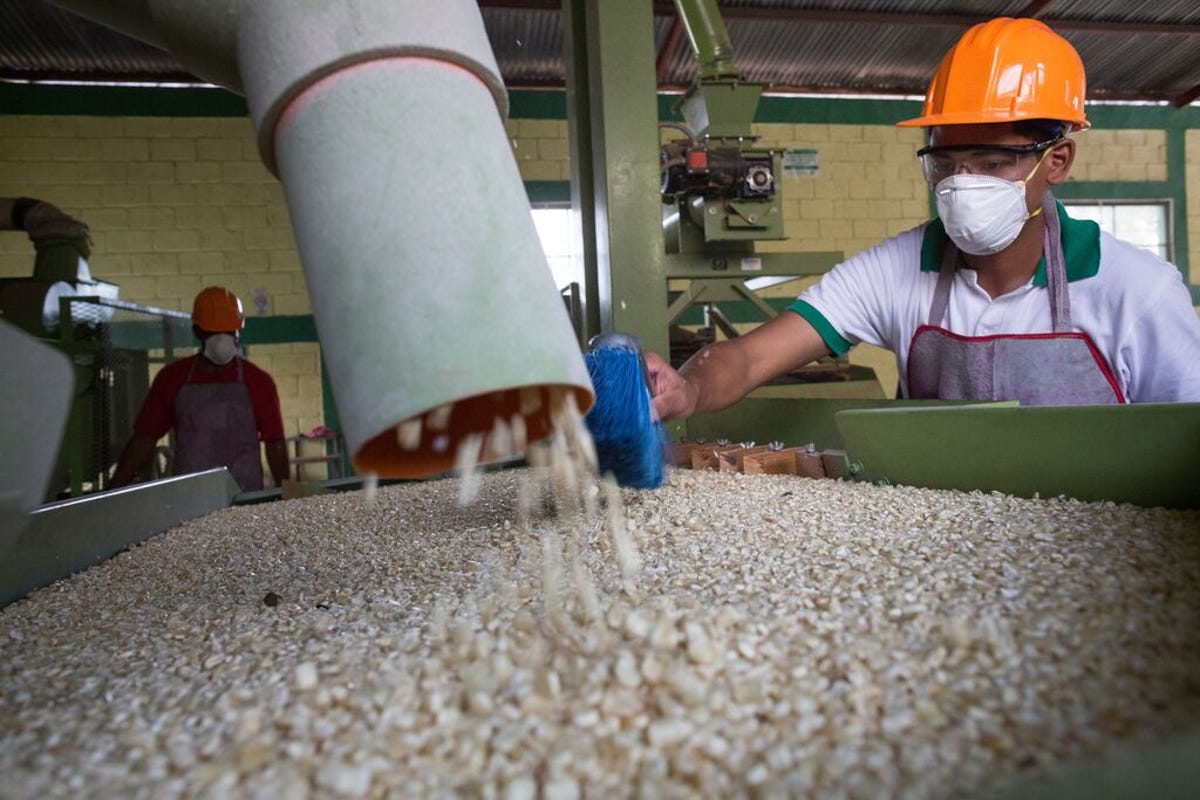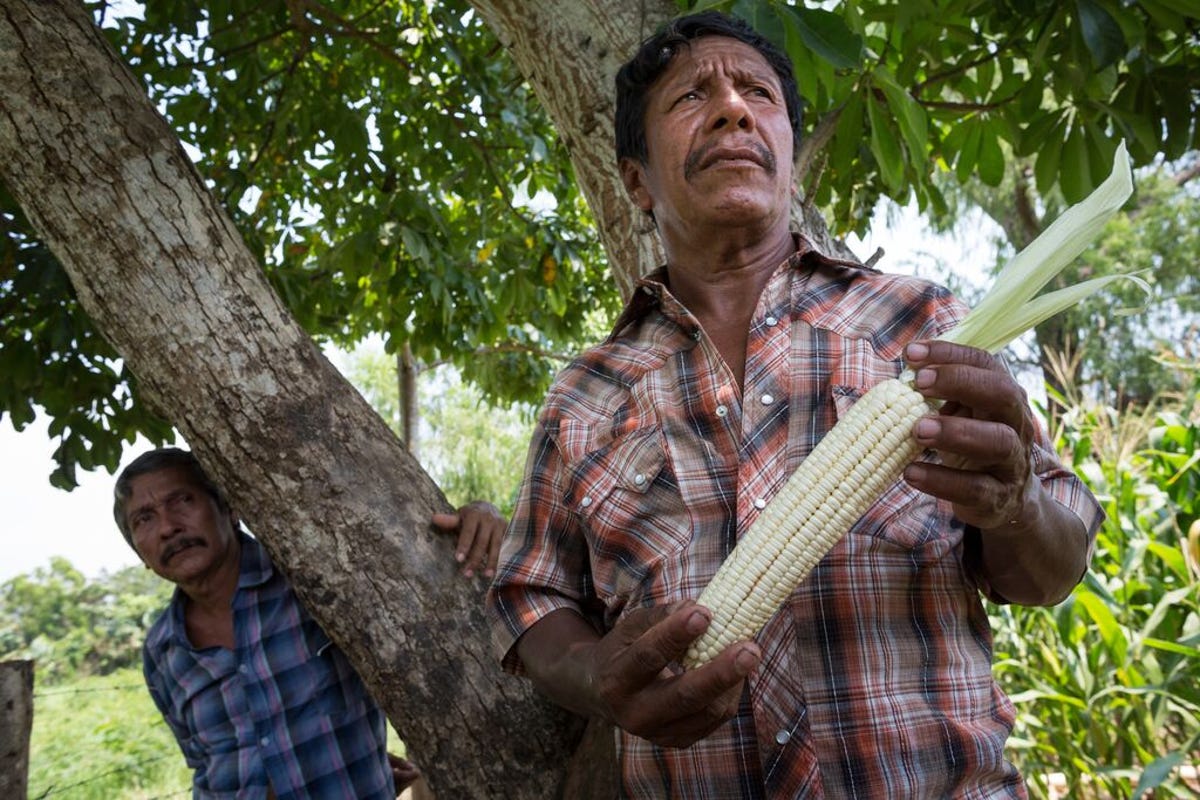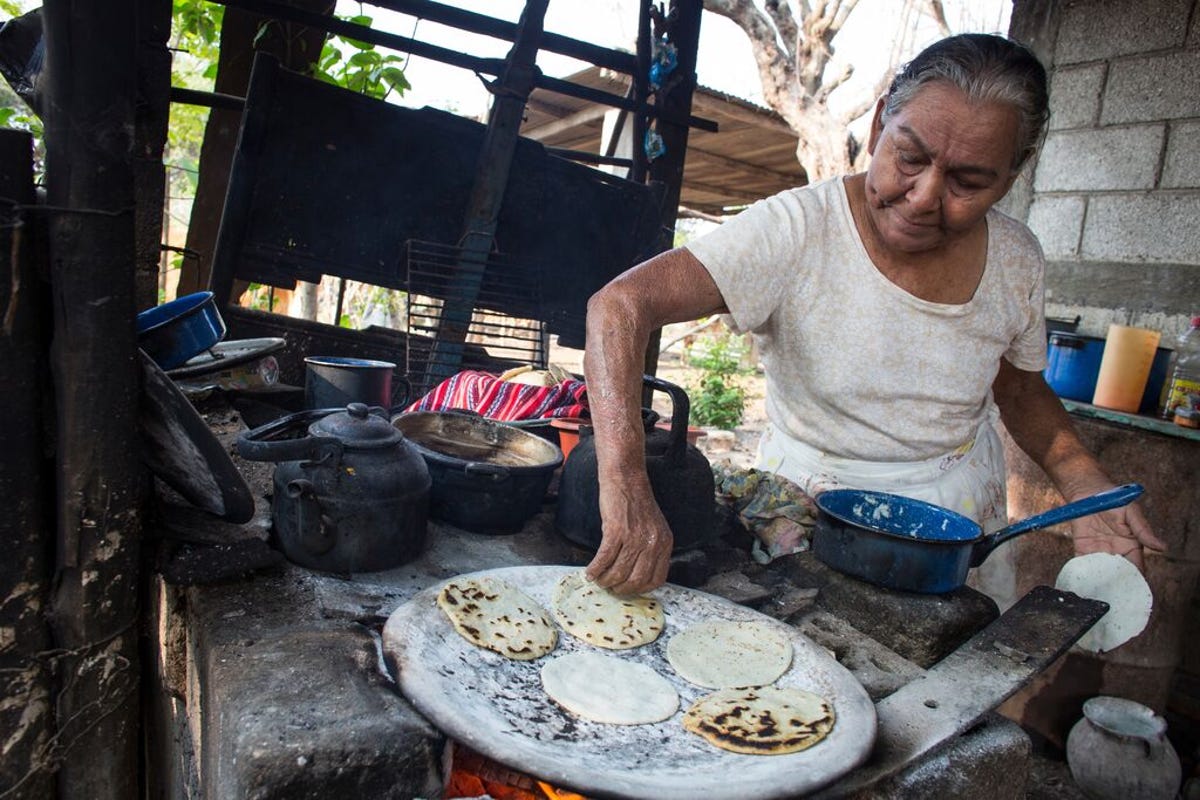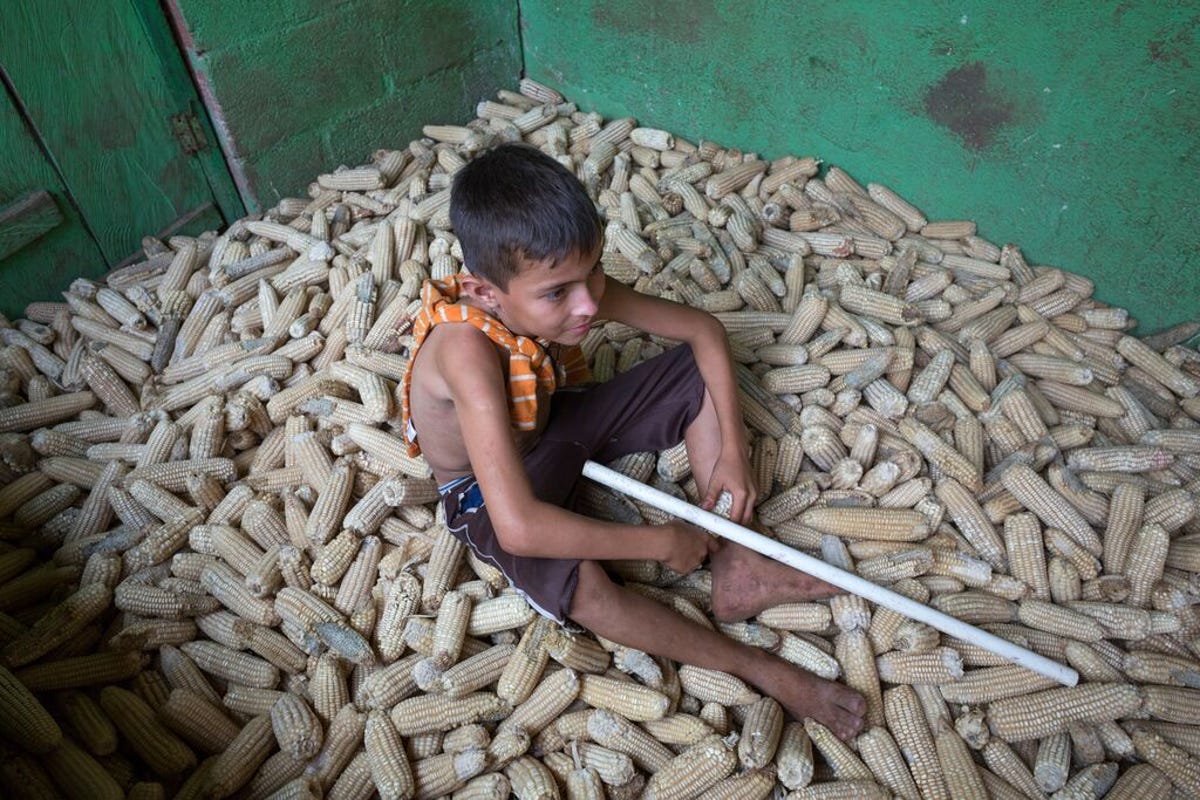20 YEARS OF BIOFORTIFICATION
We interviewed Curt Bowen, CEO of Semila Nueva, on the advantages of using biofortified corn in Guatemala. Take a look at what he says.
©Cartier Philanthropy/Andrea Borgarello
2023 is a significant milestone for biofortification, marking 20 years since the introduction by HarvestPlus/IFPRI of this technique to improve the nutritional value of key staple crops around the world through selective plant breeding.
Biofortification is an approach which recognises that the vast majority of the world’s poor don’t have access to an affordable, diverse, healthy diet - the gold standard for optimal health. A staggering two billion people get so few essential micronutrients from their diets that they suffer from “hidden hunger” as micronutrient malnutrition is often called.
Biofortification is one of the many evidence-based interventions able to improve global nutrition, alongside dietary diversification, supplementation, commercial food fortification and public health measures such as safe water, sanitation and the promotion of breastfeeding.
The body of scientific evidence supporting biofortification is solid and spans over two decades. Every biofortified crop has been the subject of extensive research to evaluate its intrinsic nutritional value and potential impacts on human nutrition and health.
Biofortification efforts to date have mainly focused on using conventional plant breeding and agronomic techniques to bring more of the micronutrients most lacking in diets around the world - zinc, iron, and vitamin A - into staple crops. Vitamin A orange sweet potato, for instance, was the first biofortified staple to be delivered at scale and evaluated in sub-Saharan Africa. Good vitamin A levels have been shown to help reduce diarrhoea in children.
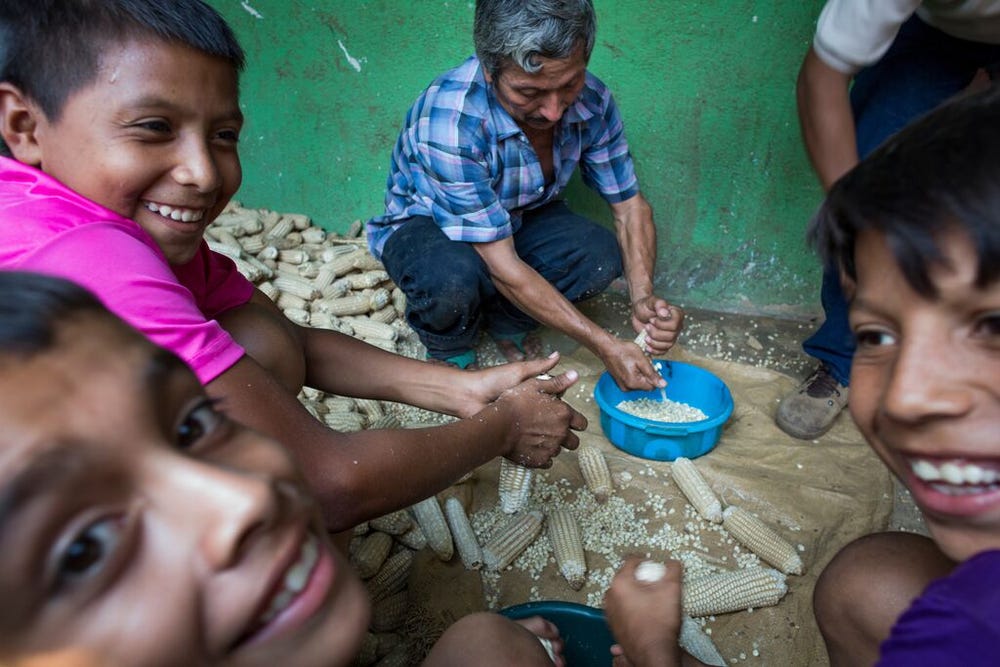
©Cartier Philanthropy/Andrea Borgarello
HOW ARE THINGS GOING IN GUATEMALA?
In Guatemala, maize is the foundation of the local diet. That’s why the focus on biofortification of maize seeds is crucial.
Since 2016, we’ve supported the NGO Semilla Nueva to overcome the biggest bottlenecks in scaling the adoption of biofortified maize in the country so as to get more nutritious tortillas onto the tables of Guatemalan families.
Semilla Nueva produces and sells biofortified corn seeds which have been conventionally bred (non-GMO) to contain higher levels of quality protein, zinc, and iron. The NGO develops and produces seeds and incentivizes local seed companies to sell them at a low price, affordable for the farmers who need them the most.
We spoke with Semilla Nueva’s Co-founder and CEO, Curt Bowen, about the progress, opportunities and failures of biofortification efforts in Guatemala.
Over 86 million people in farming households ate nutrient-enriched foods in 2022, 22% more than in 2021. This is expected to grow to 100 million in 2023. In Guatemala, 9% of all maize seeds sold in 2023 will be biofortified, the highest commercial adoption rate of biofortified maize seed in the world. Is maize biofortification finally getting traction in the country?
It really is! As mentioned, 9% of the maize seed sold in Guatemala in 2023 is biofortified. A biofortified hybrid seed we launched in 2021 – called F5 – represents alone 8% of total hybrid seed sold in Guatemala. This is the fastest penetration of a new hybrid seed sold by Guatemalan seed companies in over 20 years. After only two years on the market, F5 is the third most common seed sold by Guatemalan seed companies and the sixth most popular seed in the country, including those sold by transnational seed companies.
So yes! The numbers confirm that biofortified seed is getting traction in Guatemala and soon, we hope, the same will happen in El Salvador and Honduras.
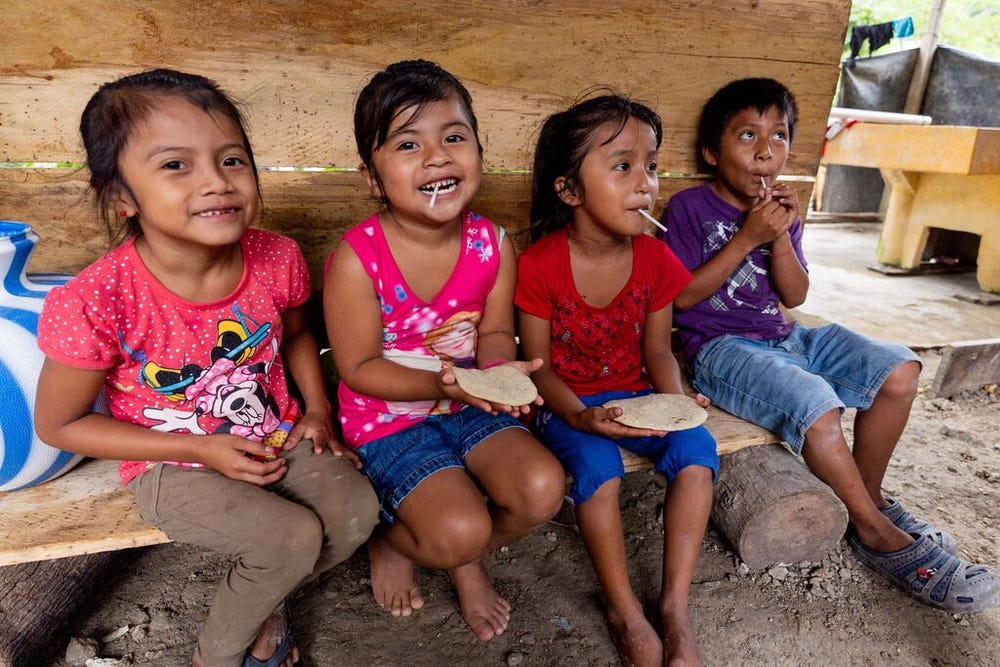
©Semilla Nueva/ Billy Santiago
Semilla Nueva’s biofortified maize contains 19% more iron, 39% more zinc, and 30-80% more lysine and tryptophan than traditional maize. This is enough to improve childhood growth, eliminate zinc deficiencies for women and children, and cut iron deficiency.
What can you share about malnutrition in Guatemala and the potential impact of your biofortified seeds?
Many people are surprised to learn that Guatemala is the world's sixth-most malnourished country, primarily because of its heavy dependence on maize in daily diets.
The poor nutritional content of maize contributes to the highest prevalence of stunted growth in children (46%) in the hemisphere. Malnutrition is the worst in Mayan communities, where 79% of children under five are stunted. Hundreds of millions of dollars are spent each year on nutrition programmes, but the annual improvement rate is only 0.28 points per year. At this pace, ending malnutrition in Guatemala would require nearly a century.
Semilla Nueva’s biofortified maize contains 19% more iron, 39% more zinc, and 30-80% more lysine and tryptophan than traditional maize. This is enough to improve childhood growth, eliminate zinc deficiencies for women and children, and cut iron deficiency significantly. These are the three biggest nutritional deficiencies in the Guatemalan population, and we can make a massive impact just by making their most common food more nutritious.
These nutritional benefits will also extend to consumers who buy biofortified corn in their local markets instead of growing it. Our farmers, on average, produce enough corn to feed 30 people. Our goal is to reach 300,000 families in Guatemala in the next 10 years and cut the national nutritional deficiency rates by over 50%.
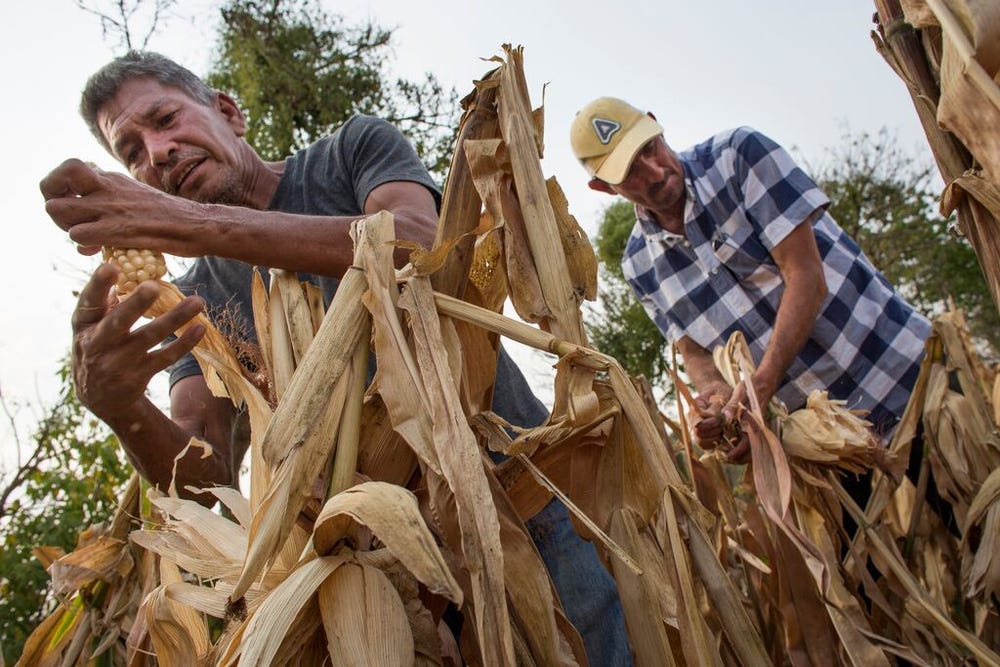
The adoption of biofortification is demand-driven and follows the preferences and priorities of farming families. Farmers choose to grow biofortified varieties following careful consideration of yield, profitability, stress tolerance, taste and sometimes even colour. How do you become competitive?
The traction we are getting isn’t because our seeds are biofortified. In fact, our studies have shown that farmers won’t pay more for nutritious crops. So we focus on what's most important to farmers and their families: high yields, low cost, and climate resistance.
By crossing the most nutritious varieties with the highest-yielding ones, and by subsidizing the cost of these seeds, small farmers who switched to our seeds in 2022 increased their yields by an average of 40% and their income by $180, without using additional inputs or changing their farming practices. The poorest, subsistence farmers saw the biggest impacts!
Another important consideration for farmers is related to climate change and the increased frequency of severe storms and drought. Last year, farmers using our seeds experienced up to 30% fewer crop losses due to extreme weather, thanks to our seeds’ strong root systems and stalks.
And if that were not enough of an incentive, taste testing conducted with Guatemalan tortilla producers and their clients showed that our corn makes for tastier tortillas, and produces more tortillas than the competition, with the same amount of maize!
Simply a-maize-ing, no?
What gets me really excited is that we are exploring ways to use science to breed even better biofortified seeds, much more quickly and inexpensively. Through gene markers and gene editing techniques, we will be able to develop new, better performing biofortified hybrids for any location, at a fraction of the time and cost compared to our current breeding process. These seeds will still be non-GMO. It’s important that we mention that we aren’t against equitable use of GMO technology, but it’s not approved in most countries where we work or plan to.
Most poor farmers in Guatemala (84%) cannot afford to buy any new, high-yielding biofortified seeds. How do you plan to ensure nutritious maize reaches those who need it most?
Guatemala is similar to most countries in Central America and Sub-Saharan Africa. Without subsidy programmes, the market just doesn’t work well for maize seeds. Guatemala has a million farming families, and only 160,000 are buying high-yielding seeds now. Only 40,000 of them buy the newest best seeds with the biggest potential food security, climate, and economic impacts. We deeply believe in markets, but for markets to work for the world’s poorest, sometimes there needs to be systemic support.
We tried selling biofortified seeds profitably for years, but realized that the poorest farmers simply couldn’t afford them. We tried getting other seed companies to sell them, but they had the same problem. If we want biofortified seeds to reach scale and reach the people who need it most, we need to tweak the market. This has become one of the biggest keys to Semilla Nueva’s work.
In Guatemala, even the poorest farmers do buy a bit of fertilizer and other inputs. They do have some financial resources. So we worked with farmers and seed companies to design a subsidy that would make the seed cheap enough for them to afford and still profitable for the seed companies. We settled on a price of about $20 per 10kg of seed for farmers, with a support of about $18 to seed companies. The first subsidized seeds were sold in 2021 and the programme has been a huge success.
On the farmer side, 34% of farmers who bought subsidized seed were those who normally can’t afford seed, with the majority of other farmers being those who normally buy cheap, low-yielding commercial seeds. This shows that the model can make seed affordable to the right farmers.
On the supply side, two seed companies are enrolled in the programme, with two more planning on joining in 2024. After launching in 2021, they doubled their sales of subsidized seeds in 2022 and then doubled again in 2023.
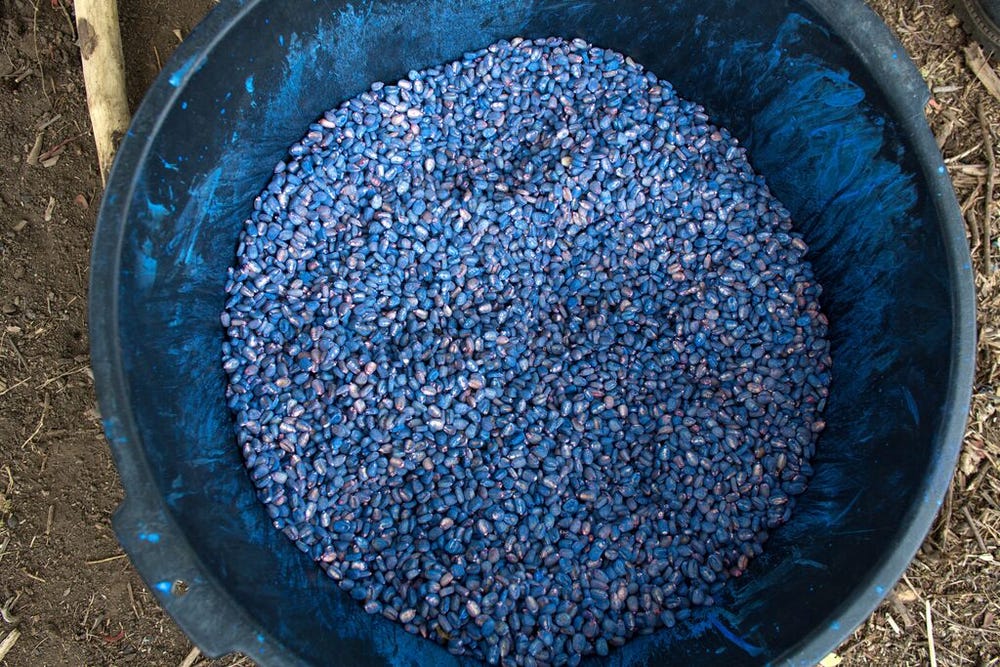
©Cartier Philanthropy/Andrea Borgarello
What is the Guatemalan government’s role in all of this? How are things looking on the policy front?
Guatemala is tricky. Unlike neighbouring Mexico, El Salvador, and Honduras, the Guatemalan government doesn’t offer a national seed subsidy programme, without which it will take us much longer to achieve the tremendous nutritional and economic impacts biofortified seeds provide.
We have a three-phase strategy to encourage the government to pass a law or budget a resolution to establish a long-term seed subsidy programme. The first phase involves piloting a subsidy ourselves, showing that it works and is a cost-effective way of 1) tackling huge nutrition problems in the country that much more expensive health programmes have been unable to solve and 2) increasing rural incomes significantly. Phase two involves transitioning to a subsidy managed by third parties, including the government, for which it could eventually assume full responsibility. Kind of a “test drive” phase. Phase three is achieving a long-term policy and funding commitment from the government.
Right now, we are moving into the second phase of this strategy. Beginning in 2024, we will work with the incoming government to form a technical committee and bank-managed subsidy fund to oversee the seed subsidy programme. We are also in the co-creation phase of a USAID project that, if approved, will provide three years of funding for this pilot.
I think that involving the government in this “test drive” and getting government officials and politicians into the field to meet with farmers and seed producers is the way forward. Policy makers and politicians have their own set of incentives. We need to show them that a) there are a lot of votes if they start funding our subsidy programme and b) that the programme is so cheap they won’t have to make many trade-offs to scale it up. We estimate our fully scaled subsidy programme would cost the government about $4M a year, compared to $200M a year they spend on agriculture programmes and $800M a year for health programmes.
The Mulago foundation teaches all of us fellows that we have to make systemic solutions simple enough, big enough, good enough, and cheap enough. This same logic applies to governments, but you also have to make it politically advantageous enough.

